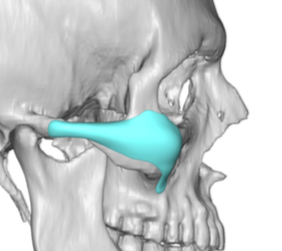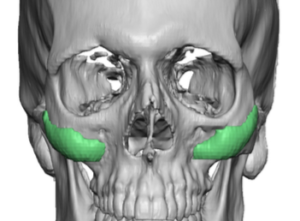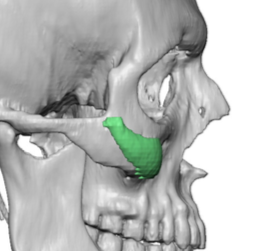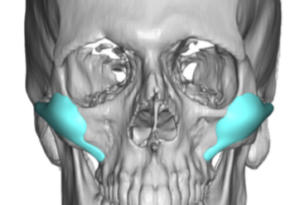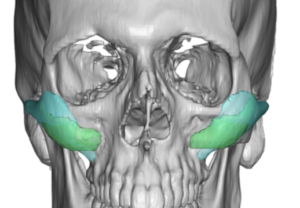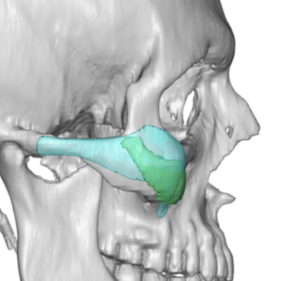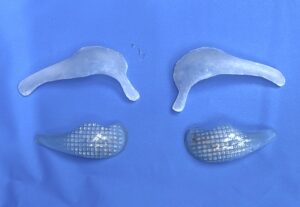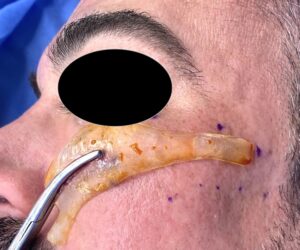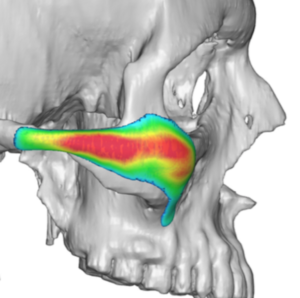Background: Cheek augmentation with implants has been around for over fifty years. While these implants have undergone various shape changes and are available in different materials over this time period, the most common cheek implant styles are oval in shape and are designed to augment the main zygomatic body. This creates an anterior cheek fullness or ‘apple’ cheek effect which is fine for some women but rarely desired by men.
In essence current cheek implants are fundamentally made for women which has comprised the vast majority of patients historically. But as more men seek cheek augmentation, that is often first tested with injectable filler, these traditional implant styles are usually not putting the augmentation effect in the right place for their desired aesthetic result.
Most men prefer a high cheekbone look for their cheek augmentation which fundamentally follows the natural shape of the entire cheek bone. The line of augmentation is linear and occurs at the level of the zygomatic arch. It keeps the augmentation away from the central midface and, instead, sweeps back across the zygomatic arch towards the ear.
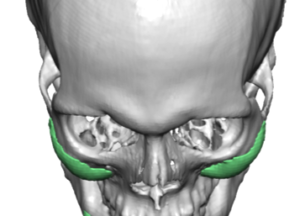
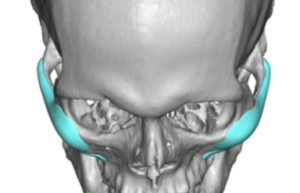
To fully appreciate the differences between the existing standard implants (dark green) and the new custom implants (teal color), the two were overlaid on the scan so the differences in their footprints could be seen..
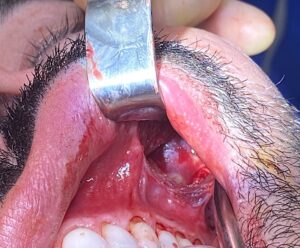
The high cheekbone look places the line of augmentation at either a near horizontal or completely horizontal orientation as it relates to the zygomatic arch. This is best seen by looking at the color thickness mapping of an implant design. No standard cheek implant as of yet can create this similar augmentative effect.
Case Highlights:
1) The use of standard cheek implants in men often create an undesired anterior cheek fullness that is not what most men are seeking from cheek augmentation.
2) The high cheekbone look requires a custom cheek implant approach where the line of augmentation is nearly horizontal back across the zygomatic body and arch.
3) Placing an extended high cheekbone implant intraorally is a challenge in getting the tail of the implant in proper position without being folded or bent.
Dr. Barry Eppley
Indianapolis, Indiana

